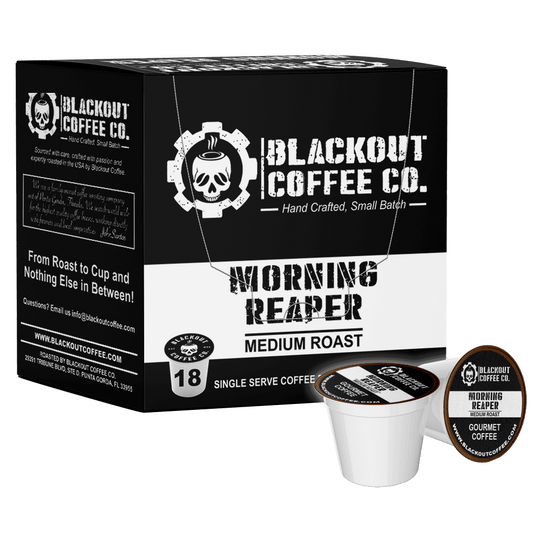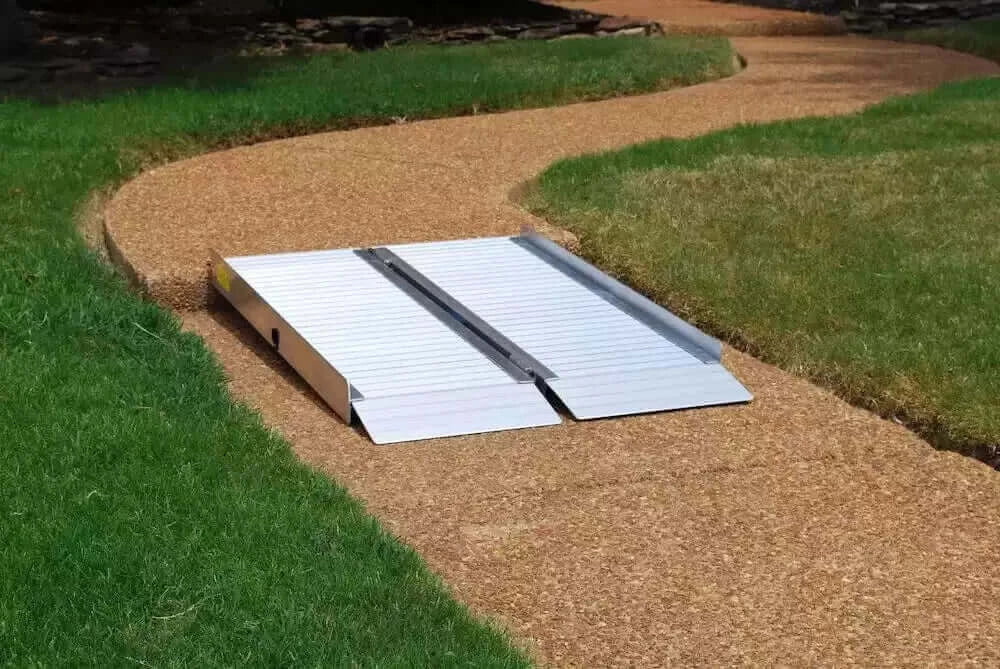Handmade home decor bring a warm aesthetic to any living space. Whether you’ve collected them for decorative appeal , taking care of these items is essential to keeping them beautiful .
What Makes These Items So Delicate
Artisan items such as decor pieces are often made from organic materials like wood splints or straw . These materials are:
Sensitive to moisture and dust.
Easily damaged when exposed to direct handling.
Not meant for harsh cleaning .
Understanding this helps you develop care habits that respect the nature of your pieces.

Regular Maintenance to Keep Them Looking New
Routine care can be simple , but it makes a big difference :
Dust gently using a microfiber cloth once a week.
Keep them dry: Avoid placing near dishwashers.
Store in breathable areas: Avoid sealed containers .
By following these simple rules , you can maintain the integrity of your decor.
Gentle Techniques for Delicate Surfaces
When your handmade items need a deeper clean, avoid scrubbing . Instead, try:
Spot cleaning with a soft sponge.
Using diluted vinegar (1 part vinegar to 3 parts water) for odor removal .
Drying in indirect sunlight to prevent warping .
If you’re caring for a valuable piece , it’s worth exploring tailored instructions, such as this basket maintenance guide.
Common Mistakes That Can Damage Woven Decor
Sometimes, well-meaning efforts can lead to quick deterioration:
Soaking in water can cause discoloration .
Harsh detergents may leave residues.
Direct sunlight accelerates fading .
Being mindful of these points ensures your pieces stay as beautiful as the day you got them.
Where and How to Keep Your Items When Not in Use
If you live in a humid climate , proper storage is essential :
Store in cool places.
Wrap in breathable fabric.
Elevate from direct floor contact .
These simple practices prevent fiber fatigue.
Why Preservation Matters
Caring for these items is about more than just cleanliness . It’s about:
Respecting traditions behind the work.
Living sustainably.
Keeping memories alive.
Incorporating the right cleaning habits is part of preserving heritage .
Resources such as this cleaning approach for Longaberger baskets offer useful guidance when caring for specific brands .
Long-Term Care Brings Long-Term Enjoyment
With careful attention and basic upkeep , you can enjoy your handwoven decor for years . Their value goes beyond price—they hold a history no factory-made item can match.
Whether your home has one piece or dozens , a little extra care makes all the difference.



